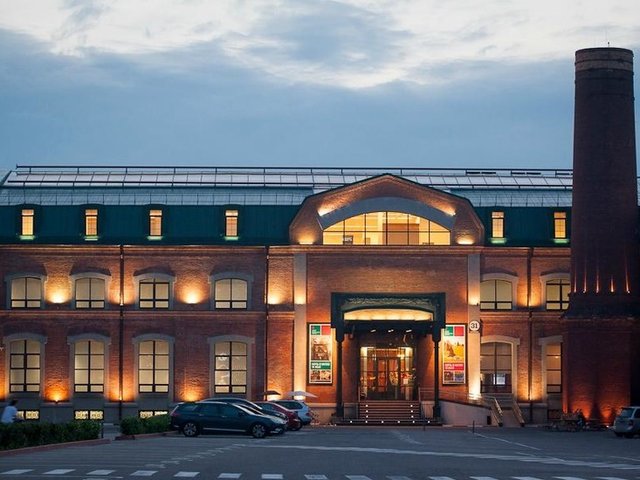St Petersburg
The Art Newspaper can reveal that Viktor Vekselberg, the mining and oil billionaire, is to open the first private museums in Russia open to the public, one in St Petersburg in April and the second in Moscow next year. Mr Vekselberg, whose fortune is estimated at $5.9 billion by Forbes magazine, has been in negotiations with city officials in St Petersburg for several months according to a source close to the municipal government.
Speaking to The Art Newspaper, Vladimir Voronchenko, president of Mr Vekselberg’s foundation, Link of Times, confirmed the billionaire’s plans. Mr Voronchenko says that Mr Vekselberg’s foundation, set up in 2004 to purchase and repatriate Russian art, is currently funding the renovation of a 19th-century building near the Fontanka Canal and Nevsky Prospect in central St Petersburg but he would not disclose how much is being spent on the project.
Mr Vekselberg’s new museums will display works drawn from his own holdings which include the Forbes Fabergé collection of Imperial eggs purchased from Sotheby’s in a private sale in 2004 for an undisclosed price which sources estimate at around $120 million. They will also show art belonging to other Russian collectors.
Before setting up his Link of Times foundation in 2004, Mr Vekselberg was unknown to the art world. Today he is the biggest buyer of Russian art purchasing both for himself, through Link of Times, as well as for his investment fund, Aurora. The fund’s director, Andrei Ruzhnikov told The Art Newspaper that Aurora purchased Fabergé objects, porcelain, enamels, silver, icons, and paintings at the Russian sales in London last month (see p.41).
Mr Vekselberg’s art is all stored in London. When he imports it to Russia for display in his new museums it will be on a temporary basis only. While Mr Voronchenko was unwilling to explain why Mr Vekselberg’s collection is stored in London, there has been speculation that should Mr Vekselberg fall foul of President Putin, his collection will be safe from seizure.
Mr Vekselberg’s Fabergé collection has been travelling around Russia for the last nine months in a tour that opened at the Kremlin Museum in Moscow in June 2004. When he first purchased the collection, he came under intense criticism in Russia because he was expected to donate it to a national museum, but didn’t. The move to establish his own private museums should help appease the critics while allowing Mr Vekselberg to retain ownership of his art.
Royal collaboration
According to Mr Voronchenko, Mr Vekselberg’s nine Imperial Fabergé eggs are to travel to London for inclusion in a display at the Gilbert Collection at Somerset House which is being organised in collaboration with The Royal Collection. The exhibition is provisionally scheduled to open in April.
“We will only display Fabergé works from both collections that once belonged to the Tsars,” says Mr Voronchenko who adds that the Link of Times has been in talks with The Royal Collection for the last year.
While a final list of works for the show has yet to be confirmed, Mr Voronchenko says that all the Imperial eggs from both collections will be on display. The Royal Collection owns three to Mr Vekselberg’s nine: the 1901 Basket of wild flowers egg, the 1910 Colonnade egg, and the 1914 Mosaic egg. The Royal Collection also has the largest group of Fabergé animal carvings in the world.


